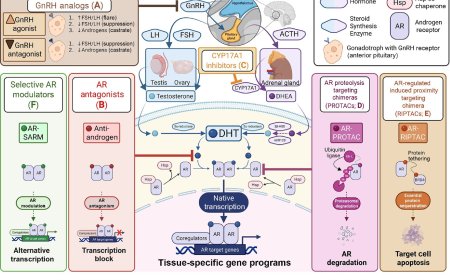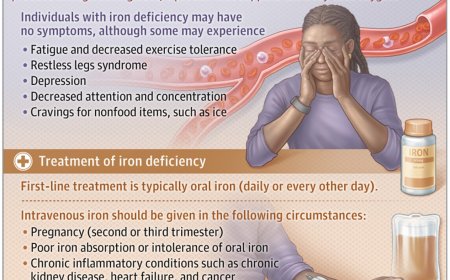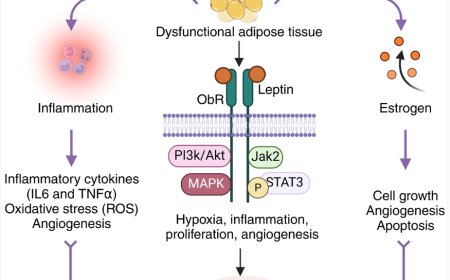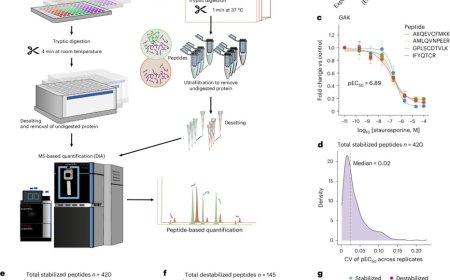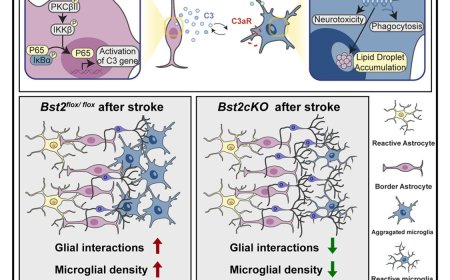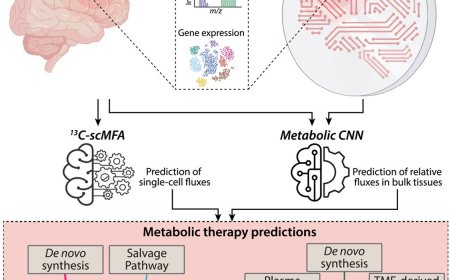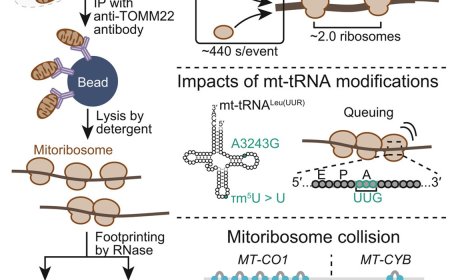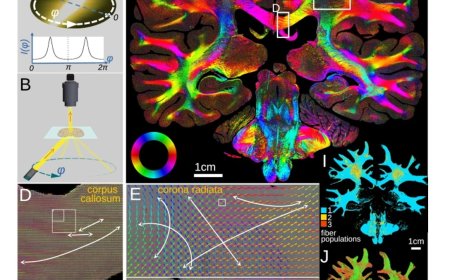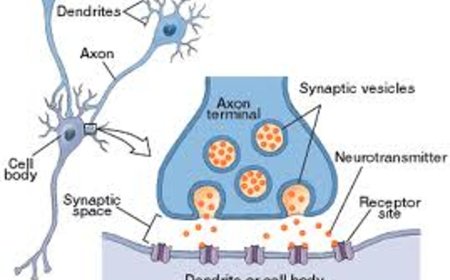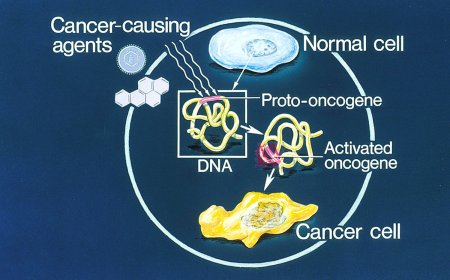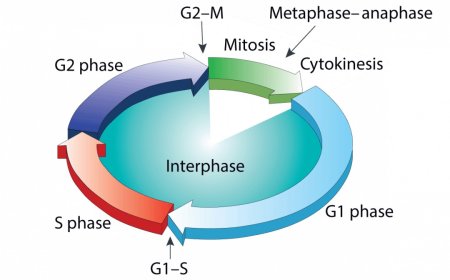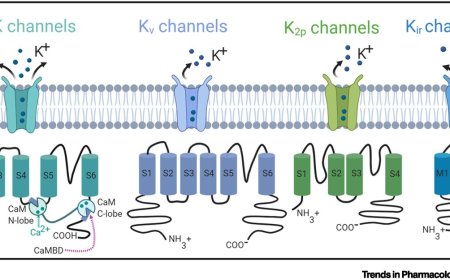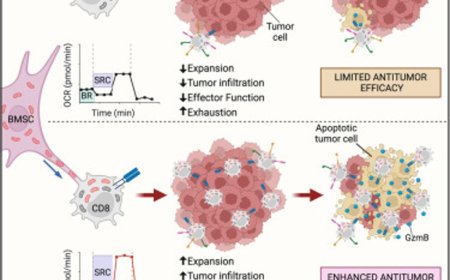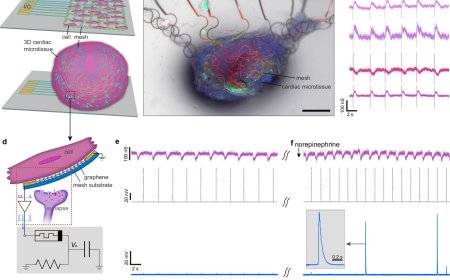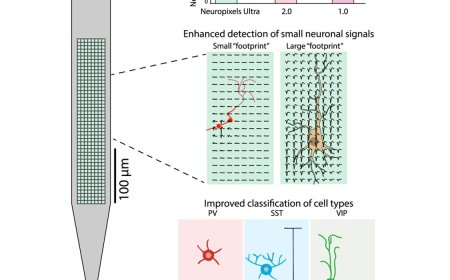Microfluidic protocol to extract and purify DNA
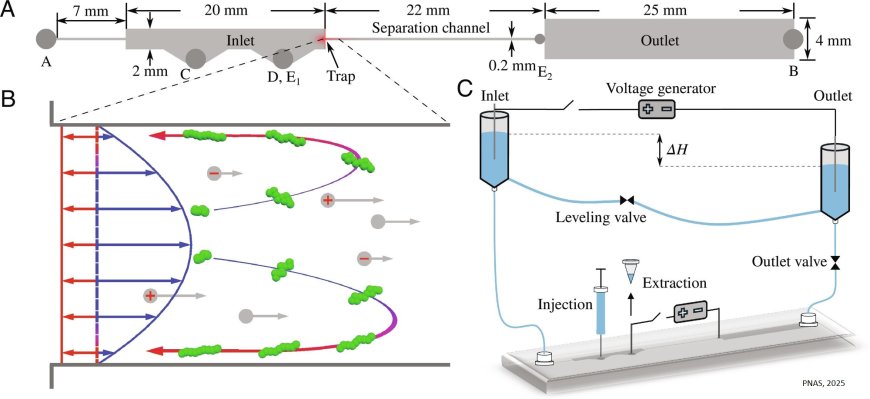
When you think about scientific research, you probably envision a sterile room that houses gleaming beakers, rows of pipettes and centrifuges. But what if you could house a lab on a chip?
Call it the science of small, but engineers have developed a lab-on-a-chip process that could make a big difference for DNA research and, ultimately, patients.
Microfluidic technology miniaturizes complex laboratory processes – such as mixing, reactions, separations, etc. – into devices the size of a microscope slide. The team has developed a microfluidic device for DNA purification that could speed up analysis of laboratory samples and match or exceed the purity of existing methods.
In their paper “Microfluidic Purification of Genomic DNA,” the researchers detailed their new device, which extracts genomic DNA without centrifuges, magnetic beads or gels. The paper was published this week in the Proceedings of the National Academy of Sciences.
Purification removes contaminants from DNA samples, ensuring the integrity of the genetic material and providing more accurate results.
To purify DNA, individual cells must be broken open, proteins and other contaminants removed, and the purified DNA recovered. Current extraction protocols often break the DNA molecules into small fragments, due to stresses from centrifuging or from the tension of a flowing fluid pulling on tethered DNA molecules. The authors think their microfluidic protocol is gentler and will reduce DNA fragmentation.
Their device – the size of a microscope slide – uses fluid flow and electric fields to push contaminated DNA solutions through a channel about 100 microns square, or roughly the size of a human hair. The fluid flow distorts coiled DNA into elongated shapes, enabling the electric field to push them toward the channel walls.
“The DNA moves to the walls of the channel and builds up, while all other components in the sample are carried away by the fluid flow,” said the author.
“DNA sequencing can be used to identify diseases, such as cancer,” the author explained. “Long-read sequencers can recognize regions of the genome that are hard to identify from short sequences but are suspected to be associated with cancer.”
Given the ease of sample preparation, microfluidic extraction will likely lead to wider adoption of long-read sequencers, which sequence DNA in long strands without breaking them into smaller fragments.
